Spectrum Summary: First World War & Nationalist Response | History for UPSC CSE PDF Download
| Table of contents |

|
| Introduction |

|
| Home Rule League Movement |

|
| Lucknow Session of the Indian National Congress (1916) |

|
| Montagu’s Statement of August 1917 |

|
Introduction
During the First World War (1914-1919), Britain formed alliances with France, Russia, the USA, Italy, and Japan, facing off against Germany, Austria-Hungary, and Turkey. This period witnessed the evolution of Indian nationalism.
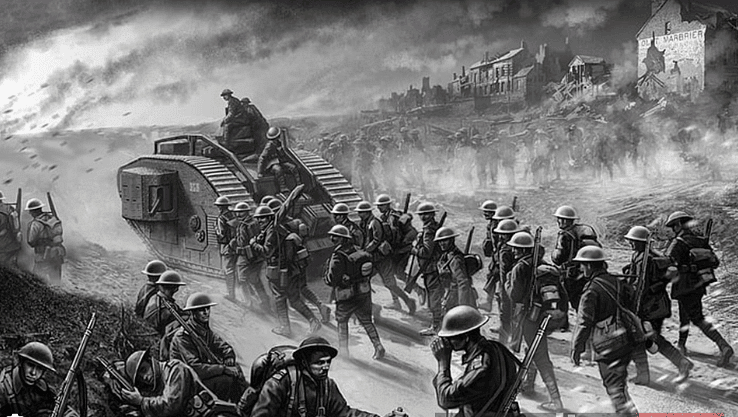 First World WarThe response of nationalists to British involvement in the war manifested in three distinct ways:
First World WarThe response of nationalists to British involvement in the war manifested in three distinct ways:
(i) Moderates supported the empire's participation in the war as a sense of duty.
(ii) Extremists, including Tilak (who was released in June 1914), backed the war efforts under the mistaken belief that Britain would reciprocate India's loyalty with self-government.
(iii) Revolutionaries seized the opportunity to wage a war against British rule and liberate the country.
Supporters of British war efforts in India failed to recognize that imperialist powers were primarily safeguarding their own colonies and markets.
Revolutionary activities were orchestrated through entities such as the Ghadr Party in North America, the Berlin Committee in Europe, and scattered mutinies by Indian soldiers, as witnessed in Singapore. For Indian revolutionaries striving for immediate and complete independence, the War appeared as a providential opportunity. It depleted India of troops, reducing the number of white soldiers to a mere 15,000 at one point. This situation also raised the prospect of financial and military assistance from Germany and Turkey—two nations in conflict with Britain.
Home Rule League Movement
- This movement emerged as India's response to the First World War, proving more effective than the overseas Ghadr adventure.
- Key leaders, including Balgangadhar Tilak, Annie Besant, G.S. Khaparde, Sir S. Subramania Iyer, Joseph Baptista, and Mohammad Ali Jinnah, recognized the need for a measured yet impactful national response.
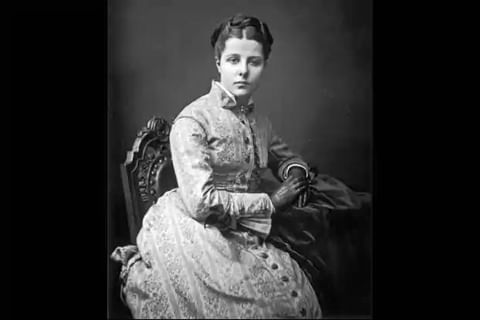
- The leaders formed an alliance, the All India Home Rule League, distinct from the annual sessions of the Congress, with the primary goal of advocating for self-government or home rule throughout India within the British commonwealth.
- Modeled after the Irish Home Rule League, the All India Home Rule League aimed to work consistently throughout the year for its objectives.
- Ultimately, two Home Rule Leagues were established, led by Balgangadhar Tilak and Annie Besant, both intending to usher in a new era of assertive political engagement
Factors leading to the Movement
- Some nationalists believed that exerting popular pressure was essential to secure concessions from the government.
- The Moderates became disenchanted with the Morley-Minto reforms.
- Widespread wartime hardships, marked by high taxation and escalating prices, prompted people to be receptive to active protest movements.
- The global conflict among imperialist powers during the war debunked the myth of white superiority.
- Following his release in June 1914, Tilak assumed leadership, making conciliatory gestures to both the government and the Moderates. He advocated for reforming the administration rather than overthrowing the government, acknowledging that acts of violence impeded political progress.
- Annie Besant, an Irish theosophist residing in India since 1896, expanded her activities to establish a home rule movement akin to the Irish Home Rule Leagues.
The Leagues
- By early 1915, Annie Besant had launched a campaign to demand self-government for India after the war on the lines of white colonies. She campaigned through her newspapers, New India and Commonweal, and through public meetings and conferences.
- Tilak's League- Tilak set up his Home Rule League in April 1916 and it was restricted to Maharashtra (excluding Bombay city), Karnataka, Central Provinces, and Berar.
- Besant's League- Annie Besant set up her league in September 1916 in Madras and covered the rest of India (including Bombay city). It had 200 branches
The Home Rule League Programme
- The League campaign aimed to convey the message of home rule as self-government, extending its appeal to politically backward regions like Gujarat and Sindh.
- Methods employed included promoting political education through public meetings, organizing libraries and reading rooms with national politics books, holding conferences, classes for students, and using various forms of propaganda such as newspapers, pamphlets, posters, illustrated post-cards, plays, and religious songs.
- The Russian Revolution of 1917 provided an added advantage to the Home Rule campaign.

- Notable leaders who later joined the Home Rule agitation included Motilal Nehru, Jawaharlal Nehru, Bhulabhai Desai, Chittaranjan Das, K.M. Munshi, B. Chakravarti, Saifuddin Kitchlew, Madan Mohan Malaviya, Mohammad Ali Jinnah, Tej Bahadur Sapru, and Lala Lajpat Rai. Mohammad Ali Jinnah led the Bombay division.
- Some leaders assumed leadership roles in local branches of Annie Besant’s League.
- Moderate Congressmen disillusioned with Congress inactivity joined the agitation.
- However, Anglo-Indians, most Muslims, and non-Brahmins from the South refrained from joining, fearing Home Rule would lead to Hindu majority rule, particularly by the high caste.
Government Attitude
- Severe government repression ensued, particularly in Madras, where students were forbidden from attending political meetings.
- Legal action was initiated against Tilak, but the high court later rescinded the case. Despite this, Tilak faced restrictions from entering Punjab and Delhi.
- In June 1917, Annie Besant and associates B.P. Wadia and George Arundale were arrested, sparking nationwide protests.
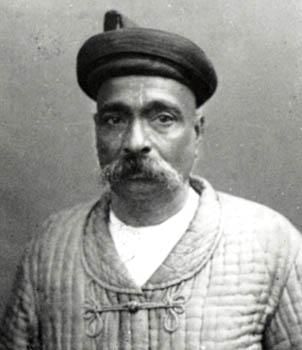
- In a dramatic gesture, Sir S. Subramaniya Aiyar renounced his knighthood, while Tilak advocated a program of passive resistance.
- The repression tactics only served to intensify the determination of the agitators and solidify their resolve to resist the government.
- Montagu, the Secretary of State for India, remarked that the government's actions were comparable to the myth of Shiva, discovering he had fifty-two wives after cutting his wife into fifty-two pieces. This analogy reflected the chaotic situation resulting from the internment of Mrs. Besant.
- Annie Besant was eventually released in September 1917.
Why the Agitation Faded Out by 1919
- There was a lack of an effective organization.
- Communal riots were witnessed during 1917-18.
- Moderates who had joined the Congress after Annie Besant's arrest were pacified by talk of reforms and Besant's release.
- Talk of passive resistance by the Extremists kept the Moderates away from an activity from September 1918 onwards.
- Montagu-Chelmsford reforms which became known in July 1918 further divided the nationalist ranks.
- Tilak had to go abroad (September 1918) in connection with a case while Annie Besant vacillated over her response to the reforms and the techniques of passive resistance.
Positive Gains
- The movement shifted the emphasis from the educated elite to the masses and permanently deflected the movement from the course mapped by the Moderates.
- It created an organizational link between the town and the country, which was to prove crucial in later years when the national movement entered its mass phase in a true sense.
- It created a generation of ardent nationalists.
- It prepared the masses for politics of the Gandhian style.
- August 1917 declaration of Montagu and the Montford reforms were influenced by the Home Rule agitation.
- Efforts of Tilak and Annie Besant towards the Mo derate-Extremist reunion at Lucknow (1916) revived the Congress as an effective instrument of Indian nationalism.
- The home rule movement lent a new dimension and a sense of urgency to the national movement.
Lucknow Session of the Indian National Congress (1916)
Readmission of Extremists to Congress
Lucknow session of the Indian National Congress presided over by a Moderate, Ambika Charan Majumdar.
The reunion was made possible by several factors:
- Old controversies had lost their significance.
- Both the Moderates and the Extremists recognized that the split had resulted in political inactivity.
- Vigorous efforts by Annie Besant and Tilak played a crucial role in promoting the reunion.
- The passing of two Moderates, Gokhale and Pherozshah Mehta, who had previously led the Moderate opposition to the Extremists, contributed to the ease of the reunion.
Lucknow Pact between Congress and Muslim League
A notable occurrence in Lucknow was the convergence of the Muslim League and the Congress, presenting shared demands to the government. This occurred during a period when the Muslim League, primarily led by younger militant nationalists, was aligning more closely with the objectives of the Congress and adopting an increasingly anti-imperialist stance.
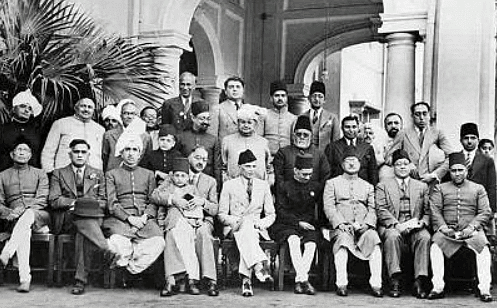 Lucknow PactA. Why the Change in the League’s Altitude
Lucknow PactA. Why the Change in the League’s Altitude
- Britain's refusal to assist Turkey in Balkan wars (1912-13) and conflict with Italy (1911) angered Muslims.
- The annulment of the Bengal partition in 1911 displeased Muslims who initially supported it.
- The British government's denial to establish a university at Aligarh with nationwide affiliations alienated some Muslims.
- Younger League members sought more expansive nationalist politics, moving beyond the Aligarh school's limited political perspective.
- The Calcutta session of the Muslim League in 1912 committed to collaborating with other groups for a self-government system in India, aligning with Congress' goal.
- Younger Muslims, upset by government repression during WWI, experienced suppression of publications like Maulana Azad’s Al Hilal and Mohammad Ali's Comrade. Leaders like the Ali brothers, Maulana Azad, and Hasrat Mohani faced internment, fostering anti-imperialist sentiments within the 'Young Party.'
B. The Nature of the Pact-
The shared demands were as follows:
- The government should publicly commit to granting self-government to Indians promptly.
- Representative assemblies, both at the central and provincial levels, should undergo additional expansion with an elected majority, and increased powers should be delegated to them. The legislative council's term should be extended to five years.
- Salaries of the Secretary of State for India should be covered by the British treasury and not funded from Indian resources.
- Half of the members on the viceroy’s and provincial governors’ executive councils should be Indian representatives.
C. Critical Comments
- The Lucknow Pact demanded an elected half of the executive but without accountability to the legislature, creating potential constitutional deadlock. This echoed the Congress' preference for a specific executive-legislature relationship.
- The acceptance of separate electorates by the Congress and the Muslim League marked a significant development, symbolizing their unity as distinct political entities. This decision aimed to address minority fears of majority domination but didn't extend to uniting the masses.
- The government's response included a declaration, as in Montagu’s August 1917 statement, intending to grant future self-government to Indians.
Montagu’s Statement of August 1917
- August Declaration (August 20, 1917):
Issuer: Secretary of State for India, Edwin Samuel Montagu
Key Points:
1. Government policy for increased Indian participation in administration.
2. Gradual development of self-governing institutions for progressive realization of responsible government in India within the British Empire. - Policy Shift:
1. Nationalist demands for self-government no longer deemed seditious.
2. Aligned with the new government policy.
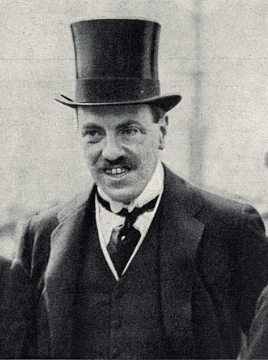 Edwin Samuel Montagu
Edwin Samuel Montagu
- Comparison with Morley's Statement (1909): Montagu's statement differed from Morley's, as the reforms were now intended to grant self-government.
- Responsible Government: Implied rulers being accountable to elected representatives, not solely to the imperial government in London.
- Intention of British Government: No intention to transfer power to predominantly elected Indian legislatures.
- Introduction of 'Dyarchy': Concept to establish executive responsibility to elected assemblies.
Indian Objections
Indian leaders had two primary objections to Montagu's statement:
- The absence of a specific timeframe for the proposed changes.
- The exclusive authority of the government to determine the nature and timing of advancements towards a responsible government was disconcerting to Indians, who resented the British deciding what was in their best interest.
|
216 videos|855 docs|219 tests
|
FAQs on Spectrum Summary: First World War & Nationalist Response - History for UPSC CSE
| 1. How did the Home Rule League Movement contribute to the Indian nationalist movement during the First World War? |  |
| 2. What was the significance of the Lucknow Session of the Indian National Congress in 1916? |  |
| 3. What were the key points of Montagu’s Statement of August 1917? |  |
| 4. How did the First World War impact the Indian nationalist response? |  |
| 5. What role did the Lucknow Session of the Indian National Congress play in shaping the nationalist movement in India? |  |
















